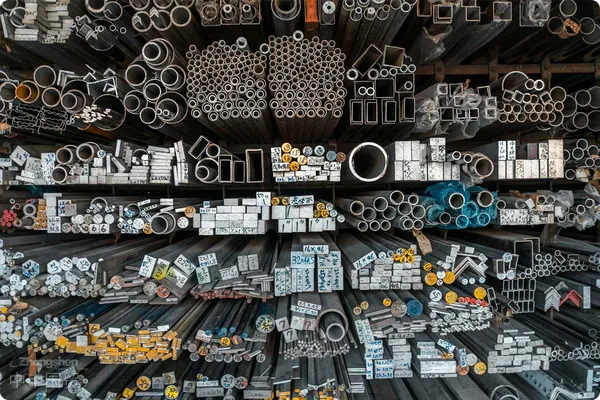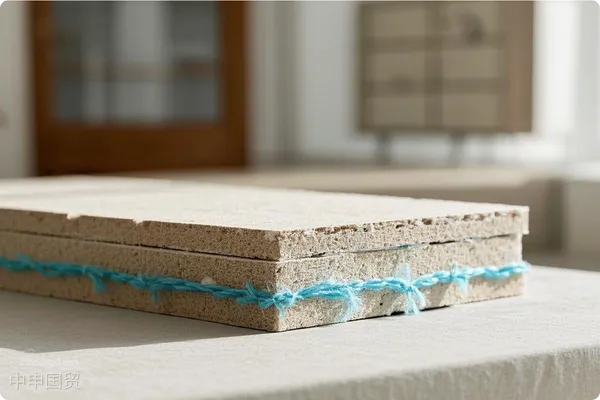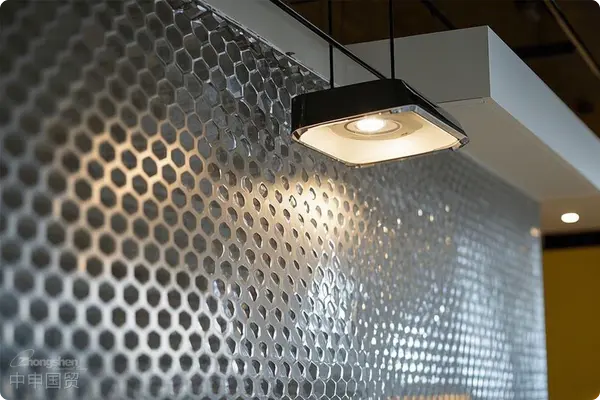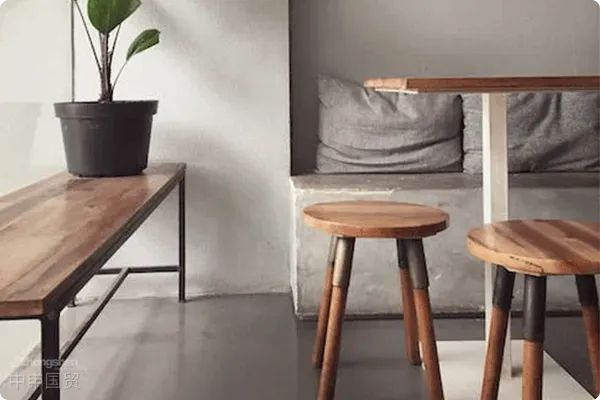- Shanghai Zhongshen International Trade Co., Ltd. - Two decades of trade agency expertise.
- Service Hotline: 139 1787 2118
Facing the tariff barriers in Indonesia, the customs clearance habits in Vietnam, and the hot and humid climate in Thailand, do you feel at a loss? There are hidden risks in contract terms. A slight negligence in supply chain quality control can lead to heavy losses. Logistics costs and fiscal and tax compliance are also difficult challenges. Do you want your furniture to smoothly go overseas and seize the opportunity in the ASEAN market? This article will deeply analyze the key nodes of the whole link of furnitureexport to Southeast Asiaand provide a one-stop practical guide from contract customization, risk prevention and control to supply chain optimization and customs clearance cooperation, helping you accurately avoid pitfalls!
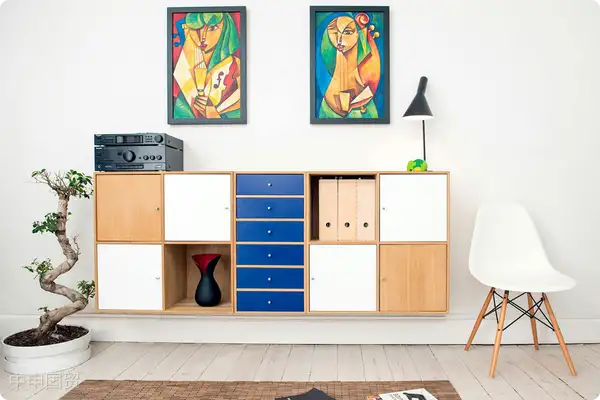
Contract customization and risk prevention and control
- Differentiated clause design: In view of the tariff policies of different Southeast Asian countries (such as Indonesia, Vietnam, Thailand) (the tariff on Indonesian wooden furniture is about 5 - 10%) and customs clearance habits (some countries require third - party inspection), clarify the division of responsibilities in the contract.
- Payment method optimization: Give priority to LC (Letter of Credit) or DP (documents against payment) to avoid the exchange rate fluctuation risk in emerging Southeast Asian markets; for long - term cooperative customers, it can be agreed to pay 30% advance payment + 70% payment against the bill of lading copy.
- Additional clauses: Add the fumigation certificate mandatory clause (for example, log furniture exported to Indonesia needs to be fumigated in accordance with the ISPM15 standard), and clarify the exemption clause for logistics delays caused by religious festivals.
Quality control of the whole supply chain link
- Production adaptability transformation:
- Material adjustment: In view of the hot and humid climate in Southeast Asia, moisture - proof density boards are recommended (such as Indonesian customers prefer E1 - grade environmentally friendly boards)
- Size customization: According to the mainstream residential unit types in Vietnam and Thailand, provide products such as sofas below 2.2 meters and detachable cabinets
- Three - stage quality inspection nodes:
- Raw material warehousing inspection (moisture content ≤ 12%)
- Semi - finished product structure test (such as the 200kg dynamic load - bearing test for chairs)
- Full inspection before shipment (with a focus on the anti - insect treatment of rattan furniture)
- Packaging plan:
- Maritime TransportationStandard: 5 - layer corrugated carton + EPE foam + moisture - proof film + steel - edged wooden box (heavy goods)
- Special protection: Rattan furniture needs to be vacuum - packed to prevent mildew, and high - molecular corner protectors should be installed at the corners of mahogany furniture
Customs clearance cooperation
- Document system: Through FORM EIt is recommended to verify through the following methods:(Essential for ASEAN tariff reduction), commercial invoice, packing list (HS code series 9403 should be indicated)
- Green channel for customs clearance:
- Pre - classification declaration (obtain the customs commodity code in advance)
- AEO - certified enterprises enjoy priority inspection by the Vietnamese customs
- Indonesian customs clearance pre - review system (upload CI/PL for review in advance)
- Emergency response mechanism:
- 馬來西亞BANTING海關查驗率高,需預留10%額外通關時間
- Some ports in the Philippines require SGS inspection, and the agency company needs to make an appointment in advance
Logistics cost optimization plan
Route combination strategy:
| Destination | Recommended route | Comparison of timeliness/cost |
|---|---|---|
| Jakarta | 深圳鹽田港-雅加達Tanjung Priok | 12 days, $1200/40HQ |
| Ho Chi Minh City | Nansha Port - Cai Mep Port | 7 days, $950/40HQ (including THC) |
| Bangkok | Qinzhou Port - Laem Chabang Port | 10 days, $850/40HQ |
Handling of special cargo:
- Extra - large furniture: Choose the door - to - door service of the China - Laos Railway (Kunming - Vientiane)
- High - value handicrafts: Insure according to the Institute Cargo Clauses (A) of the Institute of London Underwriters, with the insured amount covering 110% of the CIF price
Fiscal and tax compliance
- Key points of tax planning:
- Utilize the policies of the Hainan Free Trade Port: Transshipment via Yangpu Port can reduce the value - added tax by 8%
- Filing of documents for offsetting the Malaysian import value - added tax (SST)
Risk tips and improvement suggestions
- Avoidance of cultural taboos: When exporting furniture to Malaysia, avoid using pigskin materials. In the Indonesian market, use wine red with caution (conflicts with religion)
- Construction of supply chain redundancy: Set up a secondary warehouse in Haiphong, Vietnam, to prevent shipping schedule delays caused by the South China Sea monsoon
- Response to technical barriers: Singapore will implement the SS 650:2023 furniture fire - retardant standard from 2024, and UL certification is required in advance
Note: Specific operations need to be dynamically adjusted in combination with the latest version of the China - ASEAN Free Trade Agreement and the import regulations of the destination country. It is recommended to entrust a professional Southeast Asian furnitureforeign tradeagent (such as a service provider like Taishang International that has customs clearance qualifications for the ten ASEAN countries) to implement.
Successfully exporting furniture to Southeast Asia is by no means an easy task. The key lies in the ultimate control of details and the anticipation of risks in advance. From the design of differentiated contract terms, supply chain quality control that adapts to the local climate and standards, to being familiar with the customs clearance processes of various countries (such as Indonesia and Vietnam), optimizing logistics routes and costs, and strictly abiding by fiscal and tax regulations and cultural taboos, every step requires precise measures.
Related Recommendations
? 2025. All Rights Reserved. 滬ICP備2023007705號-2  PSB Record: Shanghai No.31011502009912
PSB Record: Shanghai No.31011502009912
